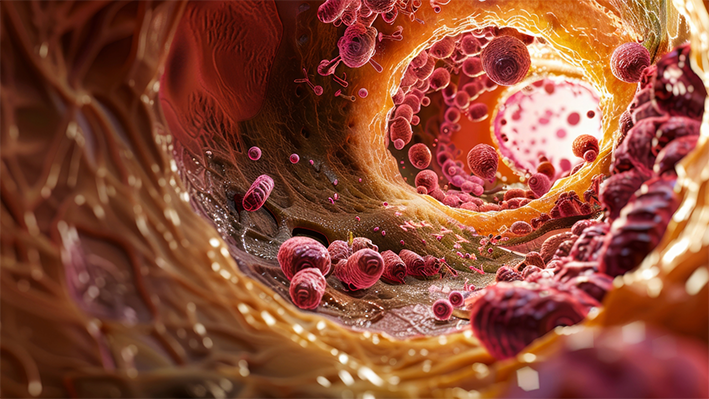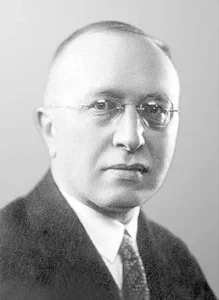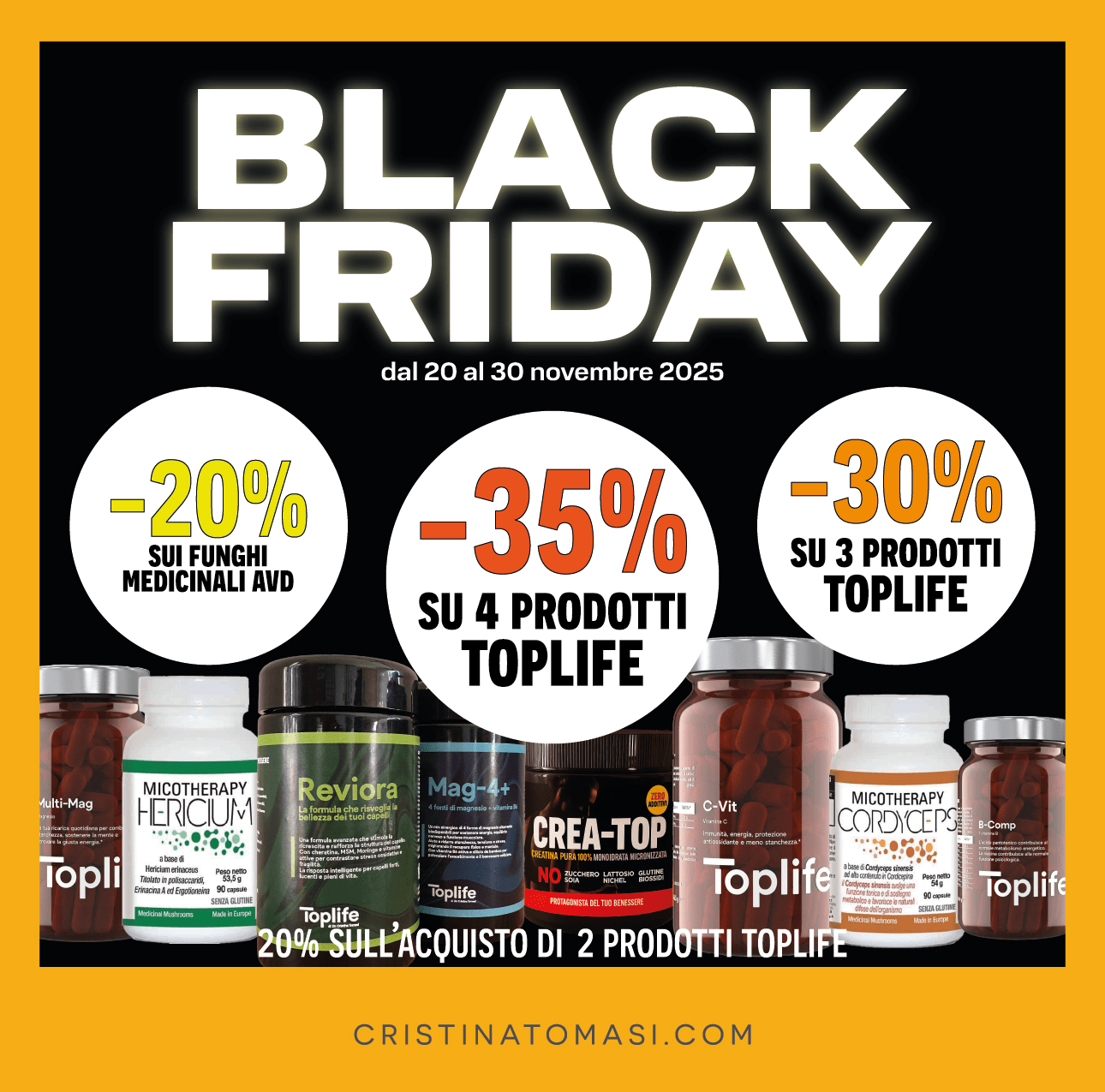
Cholesterol: friend or foe?
by Oliver Ruatti
For years we have heard that the cholesterol in foods was the main culprit in heart disease.
Where does this belief come from?
Reviewing the history helps us understand how this myth was formed, often on a more fragile foundation than we think.
Initial observations
In 1872, Sir William Gull and Dr. Sutton first described theatherosclerosis, or hardening of the arteries. A few decades later, Canadian physician Sir William Osler linked it to symptoms such as angina and heart attack, calling it "a disease of adulthood that affects men almost exclusively."
As early as the early 1900s, pathologists noticed. fat deposits in the arteries of men who died suddenly. Still not knowing the composition of those deposits, they began animal experiments to see if diet might play a role.
Rabbits and the birth of a hypothesis.
In 1908, Dr. Ignatowski fed rabbits with meat, milk and eggs and observed the formation of plaques in the aorta. Other researchers (Stuckey, Chalatow, Wesselkin) resumed these experiments, coming to a conclusion: the Egg yolk and the cholesterol it contains Could have caused atherosclerosis.
The problem? Rabbits are herbivores and do not digest animal foods well, so they react abnormally compared to humans. This methodological limitation was overlooked, yet it profoundly marked subsequent research.

The pathologist Nikolai Anitschkow, central figure, administered purified cholesterol to rabbits for weeks: they developed lesions proportional to the dose.
It looked like the ultimate test.
However, the same effect was not observed in the rats(omnivorous, more human-like).
The "cholesterol guilt" thus stems from an unrepresentative animal model.
Early evidence on humans
In the 1910s and 1920s, researchers such as. Windaus and does Schoenheimer examined human aortas and found more cholesterol in atheromatous arteries than in healthy ones. This reinforced the idea that cholesterol was involved, but doubt remained: Was it cause or consequence?
Some physicians, such as Timothy Leary in Boston, suggested that atherosclerosis was rather a metabolic disease, on a par with diabetes and gout. An alternative view that unfortunately remained marginal.
Ancel Keys' entrance into the scene.
After World War II, the American physiologist. Ancel Keys became a protagonist.
- In 1944 he led the Minnesota Starvation Experiment, the most important study ever conducted on hunger and re-nourishment.
- In the 1950s he devoted himself to heart disease, which was becoming the leading cause of death in the US.
Some observational studies seemed to show an association between blood cholesterol And risk of heart attack.
However, the data were contradictory: for example, in Morrison's (1948) work, cholesterol was high in 68% of young patients with heart attack, but normal in more than half of the elderly. In short: some clues, but no conclusive evidence.
Dietary cholesterol vs. blood cholesterol
To clarify, Keys conducted a series of studies of hundreds of men: he compared those who consumed diets rich in eggs, meat, and dairy products with those who ate little. Result? No significant difference In blood cholesterol levels.
Controlled experiments on volunteers who doubled or halved their cholesterol intake confirmed the same: Dietary cholesterol does not significantly influence blood cholesterol.
Here are some of the main results:
- Minnesota (youth and adults)- 393 men divided by age groups (18-25 and 45-54), with very different consumption of eggs, meat and dairy products.
👉 Result: no difference in average serum cholesterol levels between those who ate more cholesterol and those who ate less. - 5-year follow-up (400 men, 18-60 years old)- cholesterol intake varying from 1 to 8 grams per week.
👉 Result: "In all series of investigations, absolutely no evidence of an effect of dietary cholesterol on blood levels." (Keys, 1952). - Sardinia- comparative studies of men of the same age, weight, and activity, but with very different diets (some consumed large amounts of cheese and eggs, others very little cholesterol).
👉 Result: no difference in blood cholesterol values. - Long-term controlled experiments- 33 men followed for 4 years on consistently low cholesterol diets compared with 35 men of the same socioeconomic status but rich diet.
👉 Result: overlapping cholesterol levels. - Voluntary interventions- 23 men who doubled cholesterol intake and 41 that the halved 4-12 months.
👉 Result: no change in blood levels. - Short-term experiments-
▸ 5 healthy men: switching from a rice/fruit + 500 mg cholesterol/day diet to the same diet cholesterol-free → no change.
▸ 13 men: variation from 374 mg/day to 1369 mg/day Of cholesterol → no effect.
▸ 12 men: reverse change (high to low cholesterol) → same outcome.
In 1954, Keys openly declared this in a symposium:
"Evidence, both experimental and from field surveys, indicates that the cholesterol content, per se, of all natural diets has no significant effect on either cholesterol levels or the development of atherosclerosis in humans."
A statement that surprises many today but was already clear 70 years ago.
From blaming cholesterol to saturated fat
Finding no relationship between dietary cholesterol and blood cholesterol, Ancel Keys changed targets. Thus was born the famous "diet-heart hypothesis": the idea that it was not so much the cholesterol in foods that was dangerous, but the edible fats, particularly the saturated ones.
📌 But here one might say that a logical fallacy is hidden:
- All foods that contain cholesterol are animal (meat, fish, eggs, dairy products).
- And all of these foods containfats: saturated, monounsaturated and polyunsaturated, in varying proportions.
- Thus, to increase cholesterol in his subjects' diets, Keyshad to use animal foods, which also inevitably contained fat.
👉 If he found that dietary cholesterol did not influence blood cholesterol → then even fats, which coexist in those same foods, could not be the direct culprits, at least when dosed in reasonable dosages.
Another crucial point: animal foods - meat, fish, eggs, cheese - contain almost no carbohydrates. If Keys had wanted to identify a "different" macronutrient associated with cardiovascular risk, the logical choice would have been to study the carbohydrates. Instead, the focus was shifted exclusively to fat, paving the way for decades of demonization of meat, butter and eggs.
The conclusions
- Early accusations of cholesterol came from experiments on the rabbits, which of course are animals that do not represent human metabolism.
- As early as the 1950s, Keys' studies showed that the Dietary cholesterol does not raise blood cholesterol.
- The research then shifted to the saturated fats, opening a new chapter that we will see in the next newsletter.
Science is a journey: understanding where beliefs originate helps us distinguish myths from evidence
-> https://veroghi.com/?vg=98585

VEROGHÍ: a milk that comes from a natural balance.
We chose only herds bred in Italy, according to nature and with full respect for the environment.
🌾 The land is cultivated by method. biological, providing pasture and fodder mountain For traditional and wholesome food.
💚 Our animals are free to graze, cared for with homeopathic remedies, without pharmacological residues in the milk.
🏡 The stables are open on both sides, surrounded by greenery, designed to ensure maximum animal welfare.
👶 The 20% of cows remain in lactation, while calves are fed with breast milk Until weaning.
🌱 The 70% of the forage comes from our own fields, the remaining 30% from local organic hay producers.
This keeps the microbiological flora of the hay alive, making our milk Raw and rich in authentic nutrients.
VEROGHÍ is more than a milk: it is a choice of quality, respect and sustainability.
Thanks for reading again this week!
See you soon for more insights, and if you have suggestions or topics you would like covered, please write to me in the comments!
Thank you!
Oliver


Hi Oliver I have familial cholesterol...Ldl very high. my dad and brother both died at 56 and 50 of stroke after both had bay-pass surgeries due to plaques . My sister stroke at 50 due to occlusion at 9o% carotid artery...Can you advise me on proper nutrition and if there are any specific tests to be done.
As for diet I eat mostly meat, eggs and vegetables, I exercise 2 times a week, I have eliminated rosuvastatin for about 3 months but my cholesterol values is 300 including 46 hdl, 241 ldl, triglycerides 66.
I already have very small plaques on both carotid arteries, abdominal aorta and lower extremities.
Thank you very much SIlvana